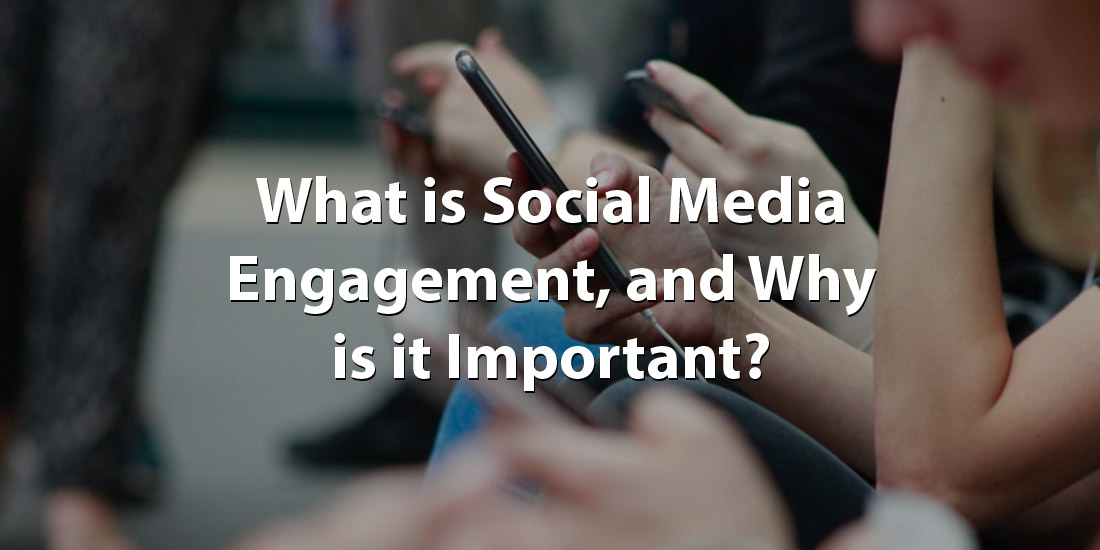To establish your brand on social media, you need trust and credibility. If you do it right, social media can help you reach your target audience. But the hardest part of social media is getting started. There’s a lot of different social media sites, and it takes careful planning and a diligent process to make the most of them. You and your team also have to be present and engaging with your audience on social media.
Assessing Social Media Capacity
It’s essential to frankly assess how well your company will be able to handle social media engagement. You have to be strategic about which social media tools you use. Also, consider these factors:
Time: It’s important to know how much time you have to spend on social media.
Resources: The two most important resources for social media are people to operate the accounts and various apps and tools to streamline the process.
Skills: No amount of tools or human resources can make up for skill; you’ll need people who have the right talents to run your social media effectively.
Having a bad social media presence is worse than not having one. Taking too long to respond to people, or responding negatively can create severe PR nightmares for your company. So take the time for proper social media training.
Evaluating Your Social Media Competition
One of the best ways to improve your social media efforts is to see what your competitors are doing and how they compare to you in reach, conversation, and engagement. See what works and what doesn’t, and apply it to your endeavors. Apps like Simply Measured can help you obtain analytics for both your company and your competitors.
Engagement Rate: Engagement refers to the percentage of new conversations with a brand, as opposed to replies to existing discussions.
Responsiveness: It’s helpful to know how fast you’re able to respond to people on social media, the faster, the better. Reports can be generated that measure timeliness, response rate, and conversation length.
Reach: Reach is the quality of your overall social media presence. It’s the number of people following you, and how much they interact with your content.
The Elements of the Social Media Engagement Process Are:
Post daily: Keep your brand at the top of people’s newsfeeds with witty, engaging and entertaining content. Frequent posting keeps your brand visible for customers, reminding them that you exist and have something interesting to say. One to three posts per day is a consistently safe range to aim for.
Use images: Images greatly increase interaction rates for all social media platforms. Research has shown that Facebook posts with images have an 85 percent interaction rate, compared with just 4 percent for other post types. Images also increase re-tweets on Twitter by 35 percent.
Be personal: Avoid sounding like a press release; show the audience that there are real people behind the brand. The “why” you do something is oftentimes that part that differentiates you from the competition and builds engagement.
Listen: Engagement is a two-way street. Hear what people are saying about your brand and respond to critiques in a constructive and positive way. If users have valid complaints, don’t just acknowledge them, address them. Then make sure everyone sees how responsive and generous your brand can be via follow-up posts.
Monitor: There are several free social media marketing apps that track shares, re-tweets, likes, and keywords associated with your brand. Sites like HootSuite, Social Mention and Addictomatic use various crawlers and algorithms to determine who is seeing your social media posts and how they’re responding.
Partnerships: Share links and produce original content with other popular brands (so long as they’re not your competitors), brand advocates and tastemakers.
Offer Value: Offer your followers valuable tools that they can use to improve their lives, like guides or templates. Invite your followers to attend an upcoming event or a webinar you’re hosting where they can learn something new.
Cover all the social media bases: Produce content for the top social media sites and cross-pollinate your content among them. For instance, link the more dynamic, image-oriented Instagram posts to Facebook and Twitter.
Like any metric, social media engagement should not be viewed in a vacuum. Balance engagement with content marketing and PR efforts, and knowing how to use it for effective marketing means understanding the systems behind the most popular social media platforms, as well as the ways in which people use those systems. Success requires careful and conscious effort.


